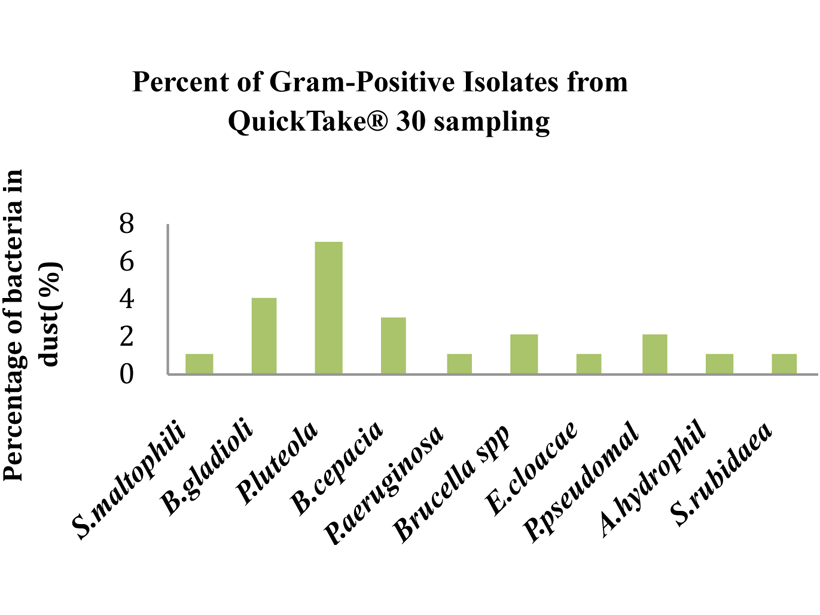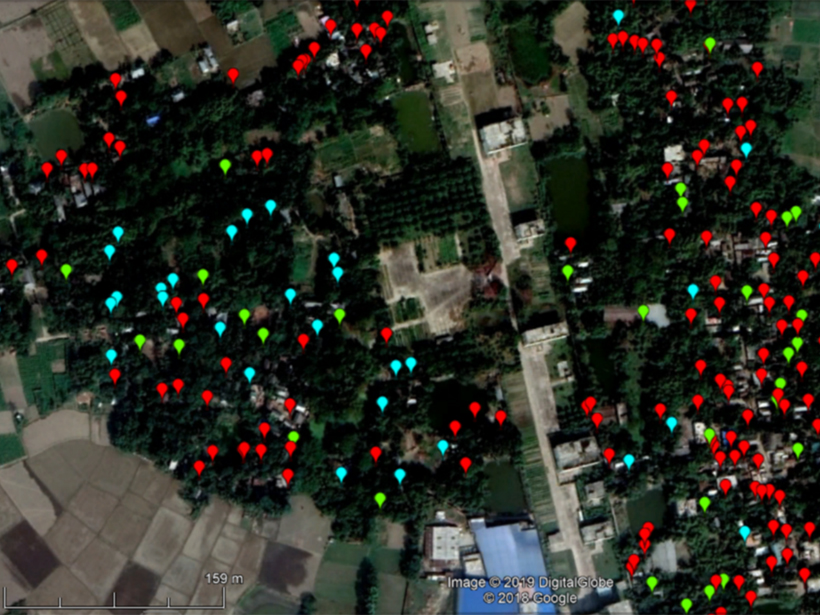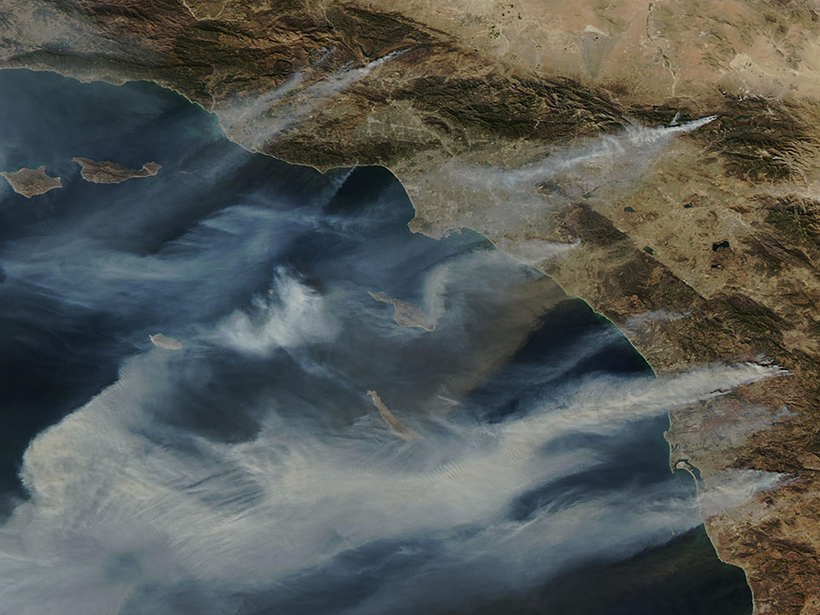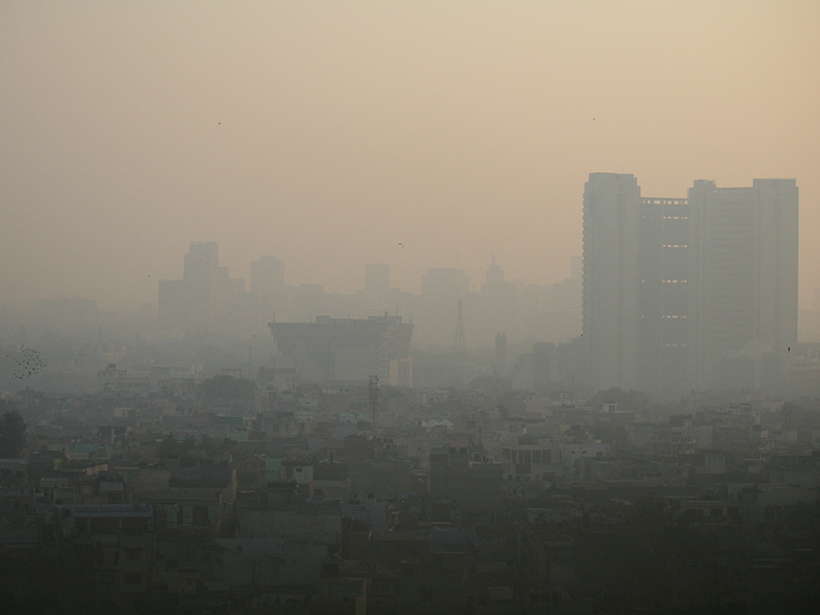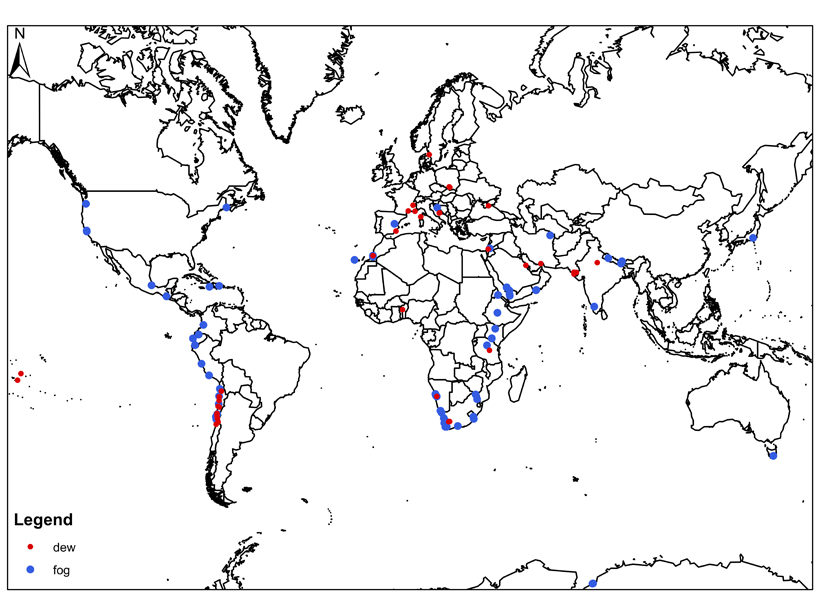Saharan dust events can spread bacterial pathogens over long distances, but we may be able to predict the human health risk from exposure.
GeoHealth (journal)
The Climate and Health Impacts of Gasoline and Diesel Emissions
New research tallies the effects of gas- and diesel-burning vehicle emissions on the climate, as well as on human health. Together, the emissions cause more than 200,000 premature deaths each year.
Fresh Approaches to Protecting Human Health from Pollution
New low-cost monitoring and mapping techniques can identify multiple pollution sources and reduce related human disease and death.
Santa Ana Winds and Wildfires Influence Air Pollution
Inhaling particulate matter is hard on human health. New research shows that Southern California’s Santa Ana winds can clear or exacerbate fine-particulate pollution depending on wildfire conditions.
Five Environmental Consequences of Australia’s Fires
Australia’s road to recovery may be long: Here’s a developing list of how the fires are affecting glaciers, wildlife, water supplies, and global carbon emissions.
For the Benefit of Humanity
This month for our Centennial, we look to AGU’s newest science, geohealth, and the related study of natural disasters.
Putting a Price on the Costs of Climate Related Health Impacts
Using examples from the year 2012, a new study estimates the health costs of deaths and illnesses associated with climate-sensitive events.
Aerosol Particle Size May Contribute to Varying Health Responses
Particulate matter in the atmosphere derives from industrial and environmental sources. The size of the particle determines how it deposits in the body and leads to different health challenges.
Ozone Pollution Deaths in India Higher Than Previously Thought
Reducing emissions could avert more than 300,000 deaths per year by 2050.
Fog Catching for Thirsty Locales
Many arid and semi-arid regions experience very little rainfall, but quite a bit of fog, which might be a viable source of drinking water.

